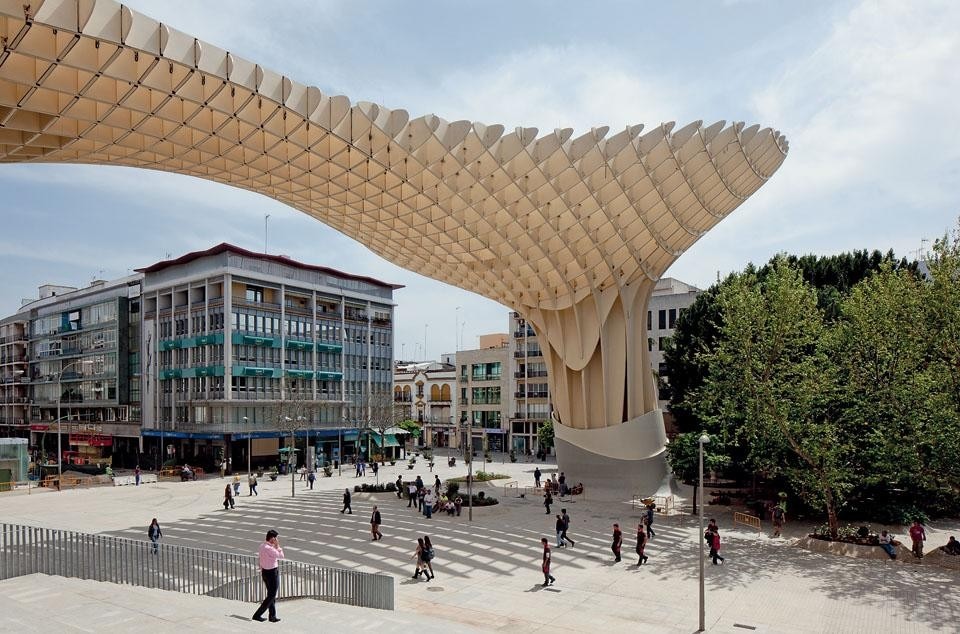Watch the video by Pedro Kok
In his 1964 book Investigations in Collective Form, Fumihiko Maki defined the basic concept of megastructure, writing: "The megastructure is a large frame in which all the functions of a city or part of a city are housed... In a sense, it is a humanmade feature of the landscape."
With a height of almost 30 metres and with six supports that underpin a complex and daringly engineered waffle structure, the Metropol Parasol by Jürgen Mayer H. could justifiably be considered a megastructure. Although it does not house all the possible functions of a city, this new and artificial urban landscape does contain several of them—commerce, leisure and public space. It was conceived to revitalise Plaza de la Encarnación, which was once the intersection between the cardus and decumanus of the Roman city[1], and the site chosen in the 18th century for Seville's first drinking water fountain, reinstating the square as a focal point of the city 200 years ago. However, the square lost all urban importance in the second half of the 20th century, following the demolition of Encarnación Market in 1973. How could a place of such central importance for the city have ended up unused and closed to the public for over 40 years?
Curiously, with its gigantic proportions, this megastructure anchored in the heart of the city seems to have arrived late on the scene. The economic crisis and political problems currently beleaguering Spain have made this project the focus of intense controversy. The same design that won several awards in 2004, not to mention the tender, now attracts harsh criticism from both architects and the public.
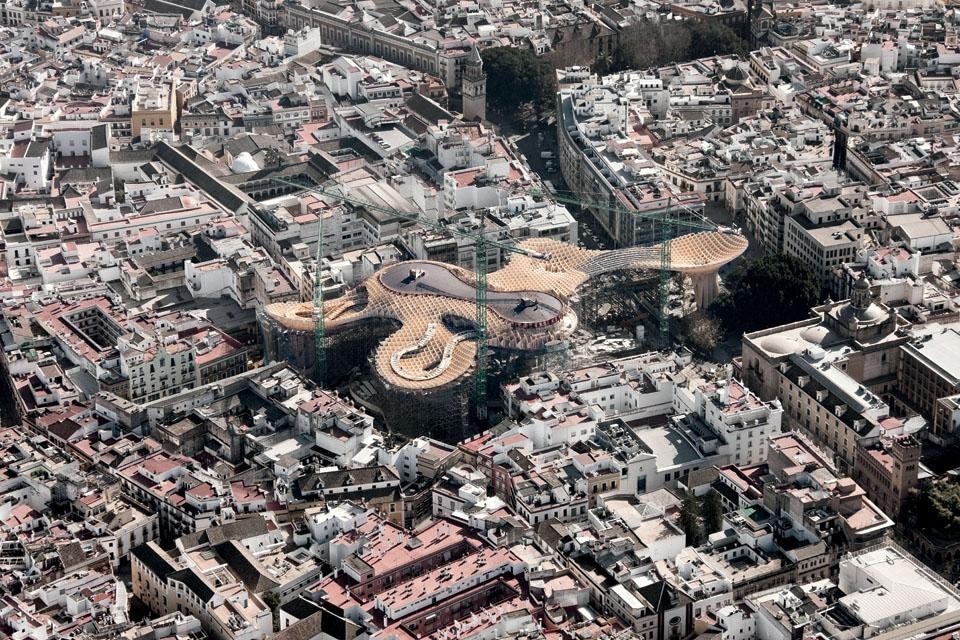
Las Setas, or "the Mushrooms", as it is commonly referred to among locals, simultaneously constitutes structure, facade and roof. Its genesis is contemporary, but at heart it is a baroque form for a baroque city. Mayer's parasols generate an artificial landscape that sets out to retrieve the emblematic value of architecture, placing it in a context in which the symbolic is an inherent part of social and cultural history. So why is it provoking so much criticism?
Opinions about the project touch both extremes. Acolytes of parametric architecture praise the structural design and bravery of the concept; other architects, meanwhile, see it as a narcissistic celebration of form that is totally out of scale and context. Hence it is an urban intervention that engenders passion and loathing, approval and rejection—but never indifference.
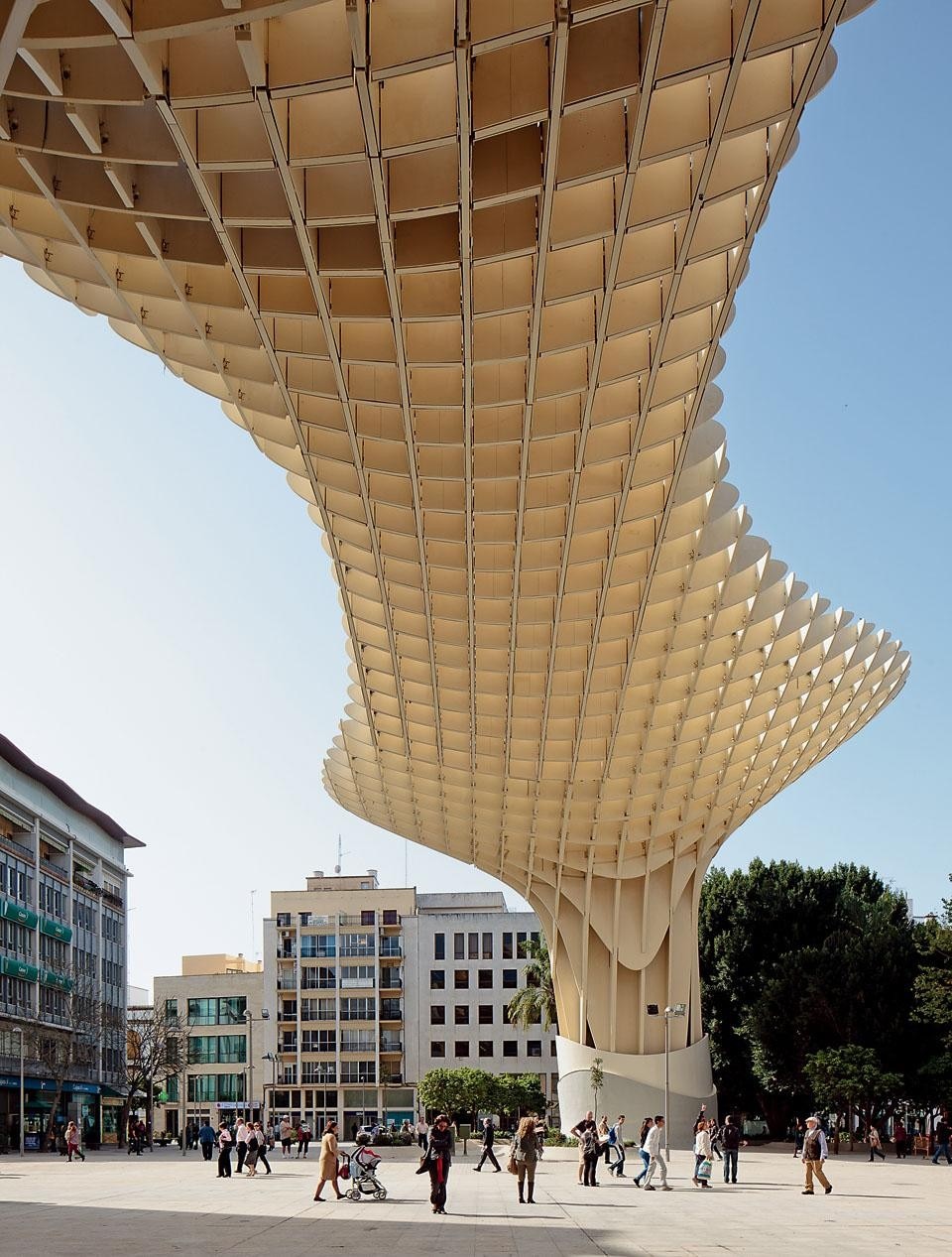
The project’s dimensions and form are in themselves a protest, highlighting the need to recover the urban meaning of words such as 'square' and 'market'
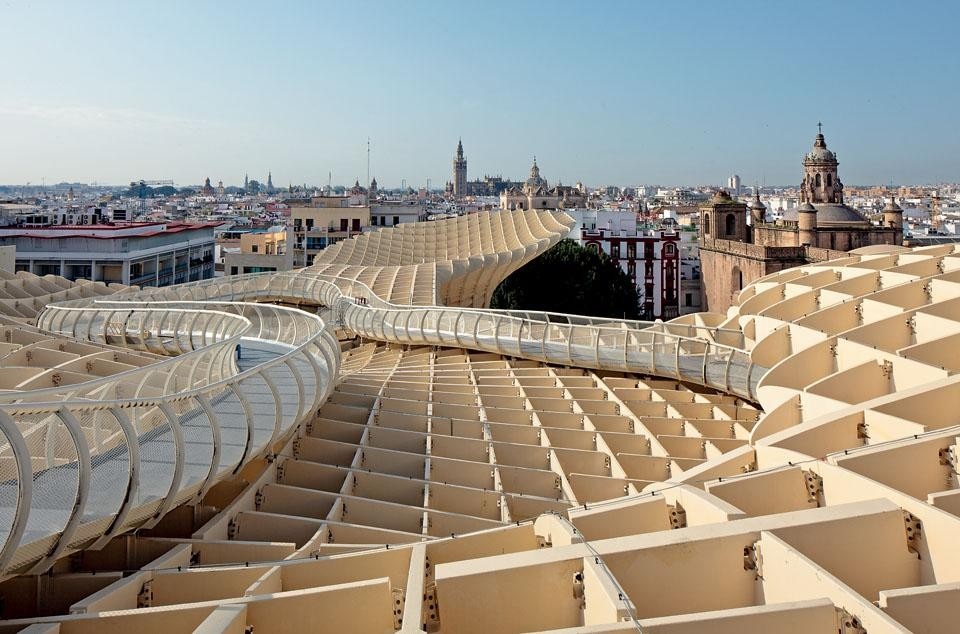
In a certain sense, Jürgen Mayer's project is reminiscent of Friedman's Mobile Architecture, not only due to its form but also because it is possible to walk along its upper part, which will function as a series of panoramic platforms for visitors, leaving the raised square under the parasols free and open. The lower level below the square accommodates the new Encarnación Market, which mixes the tradition of the Seville marketplace with a shopping mall—traditional trading juxtaposed with globalised commerce. Against this backdrop, it is important to pause and reflect on our perception of architecture and the city today. Do we still believe in utopias?
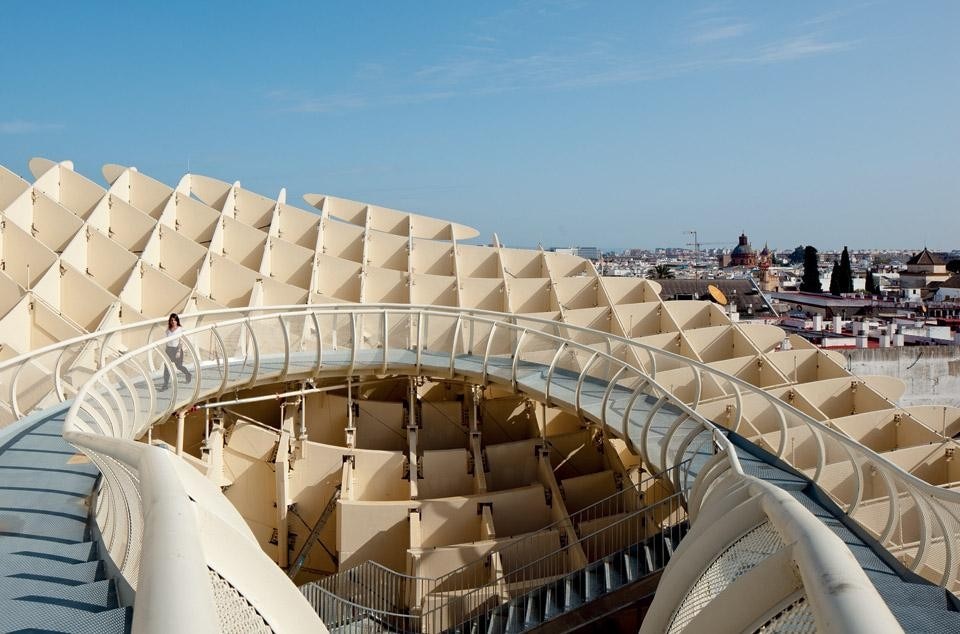
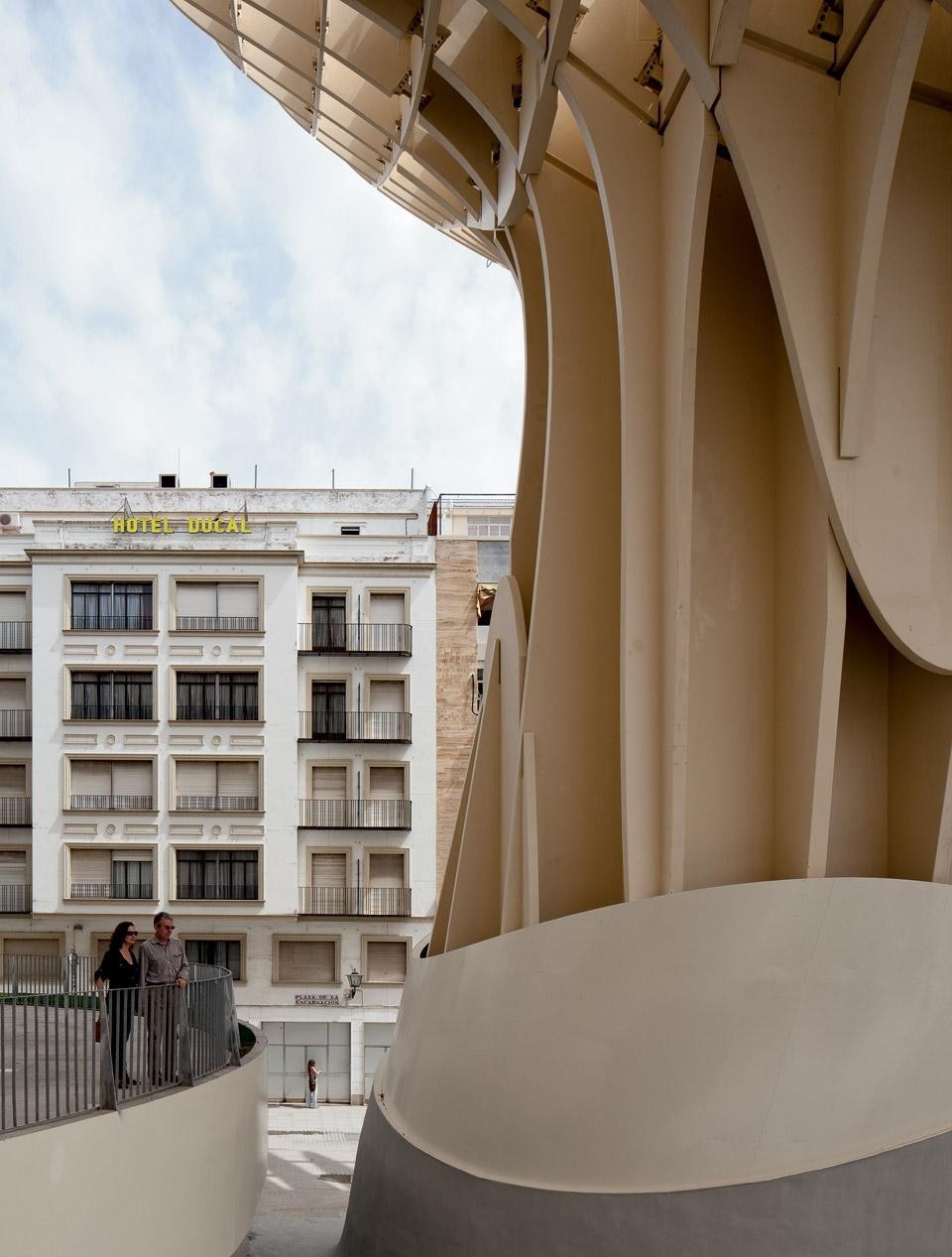
We will have to wait another 50 years in order to look back impartially and evaluate how what started out as Paper Architecture has completed its trajectory towards reality, adapting itself as a consequence to its surroundings. In 50 years we will probably be dreaming of things that are unimaginable today, and the Metropol Parasol will likely be recognised as an innocuous expression of a bygone era. As long as we architects nurture our ambition to stretch the boundaries of the possible, there will always be a deranged "paper architect" or "iPad-architect" there to challenge the limits of our achievements. Then the question will no longer be: "Do we still believe in utopias?" Instead, we will be asking ourselves: "Can utopias grow old?"
Let's hope the answer is an emphatic "NO".
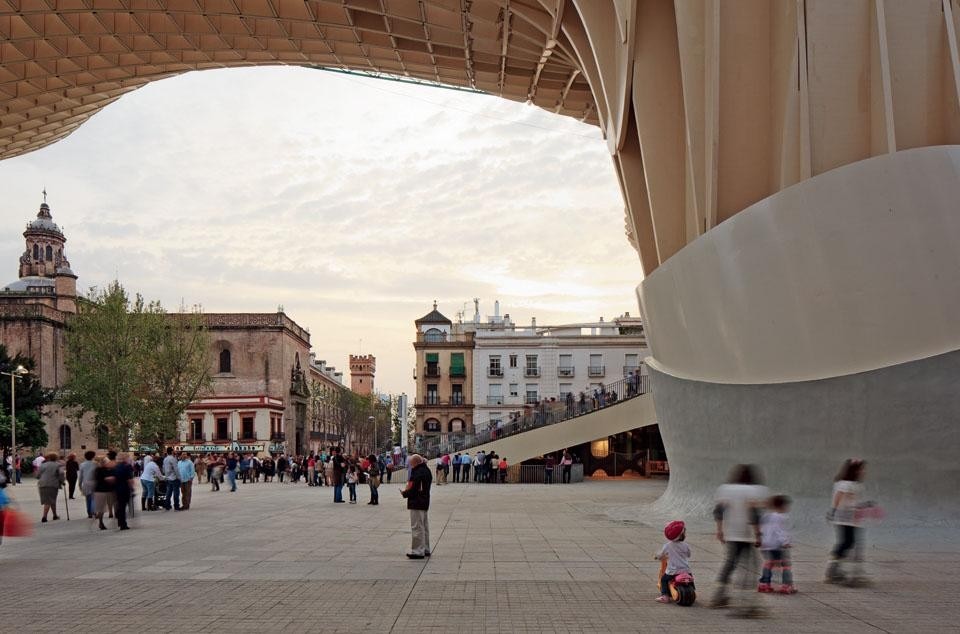
1. Division of Seville and its surroundings into main sections, 1914.
2. Michelet wrote Chaque époque rêve la suivante in Avenir! Avenir! Europe 19, no. 73 (15 January 1929). Walter Benjamin quoted and paraphrased this in The Work of Art in the Age of Its Technological Reproducibility, and Other Writings on Media (Belknap Press of Harvard University, Cambridge, MA, 2008).
3. Los problemas crecen bajo 'las setas' ("Problems grow under 'the mushrooms'"). Article by Reyes Rincón published in El País, 25 July 2010.
4. Book of passages by Walter Benjamin. [L 2a, 6] p. 416. Notes and materials. Oniric architecture, museums, thermal baths. Original title Das Passagen-Werk, Rolf Tiedemann edition, Akal 2004.
